
This week the Loch Lomond and Trossachs National Park Authority (LLTNPA) announced (see here) it had won international award for the replacement bridge over the Bracklinn Falls above Callander, a story which was widely covered in the media. The news release claimed that “a bridge has existed here since at least the early 18th century” and that it exemplifies “the National Park’s role in setting new standards for sustainable infrastructure” without a mention of the recent history.
In August 2004, two years after the creation of the LLTNPA, the bridge that crossed the river by the Bracklinn Falls at the time was swept away. It took six years for the LLTNPA to replace it in 2010 for a cost of £110,000. The LLTNPA submitted the new bridge, constructed out of wood and copper, for the International Footbridge Awards 2011 where it was highly commended in the aesthetics category. Just ten years later in December 2021 the LLTNPA was forced to close the bridge after declaring it unsafe and went on to award a contract to demolish it for a cost of £19,650 (see here). None of this was mentioned in the latest new release, let alone any explanation given as to why the wooden bridge had become unsafe so quickly (see here).
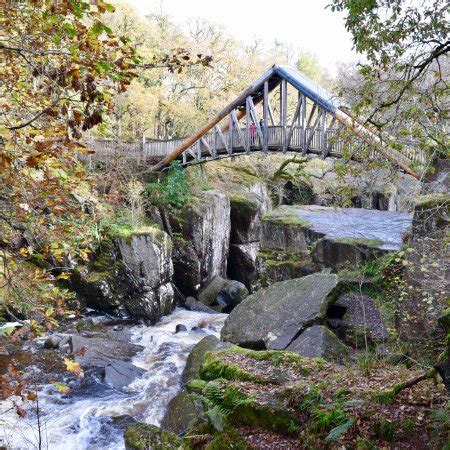
It took fifteen months for the LLTNPA to advertise a design and build contract for a new bridge (see here) as part of its “Place Programme for an estimated cost of £140,000 excluding VAT. The process then sped up considerably. It then took just three months to award the contract to Cake Industries for £208 708 in June 2023:

That Cake Industries submitted a bid well above the maximum estimated value of the contract and refused to compromise on cost suggests it is a professional organisation. It is worth noting, however, that had other firms known the LLTNPA would go well above its asking price they might have submitted different bids and designs.
Two weeks after the contract Award Notice, the LLTNPA submitted a planning application to itself (see here) which contained detailed plans for the bridge from Cake Industries. Within six weeks Cake had produced a detailed Construction and Environment Plan and by the end of February the bridge had been fabricated and put in place. Impressive!

How sustainable is the bridge?
The LLTNPA’s news release claimed the new bridge “embodies the National Park’s commitment to sustainability, accessibility, and excellence in public space infrastructure” without explaining what it meant by that.
The LLTNPA planning report states that the new bridge, which is fabricated out of weathering steel, is intended to last for 120 years – i.e twelve times longer than their last bridge and that because of this was “considered to be a sustainable design solution to the river crossing”. Weathering steel – steel alloys which are designed to weather and form a protective coat of rust – first started being commonly used in the 1930s, i.e well under 120 years ago so it is perhaps too early to tell?
The advantage of weathering steel is it needs a lot less maintenance than wood – which is no doubt why it was so attractive to the LLTNPA – but its durability is affected by a number of factors (see here). The most important from a Scottish perspective is whether water is allowed to accumulate on the structure as this erodes through the protective rust costing and increases the rate of corrosion significantly. The story of Fern Hollow Bridge in the US, which collapsed after 50 years, is instructive (see here).
Bracklinn Falls is a very damp and wet place so the durability of the bridge will all come down to Cake’s design and how successfully the new bridge will shed water.
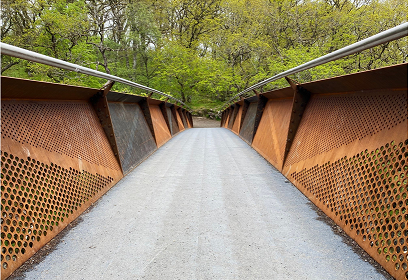
Some regular monitoring would help establish if there are any weakpoints in the design and lessons for the future but in my view some basic maintainance of the pathway is likely to be required to enable it to drain freely. It is not clear whether the LLTNPA has made any provision for this.
Whether using weathering steel is better than timber for bridge construction in terms of carbon emissions is a moot point which the LLTNPA has made no attempt to answer. In 2019 iron and steel production produced about a quarter of all carbon emissions worldwide. Fabricating a bridge structure out of steel (whose provenance I have been unable to establish) down in London and bringing it up to Callander appears likely to produce far far more CO2 than if the bridge was constructed out of local timber. What’s more, timber bridges, if properly maintained should last a lot longer than 10 years and could help store carbon. So which is best?
Before the LLTNPA makes extragavant claims about sustainability it really needs to evidence them. This is not to criticise Cake Industries, who appear to have minimised the amount of steel required by the structure and designed it in a way (flatpack) (see here) so that it could be transported and installed for minimum cost.
The LLTNPA’s news release also fails to clarify that although the bridge won the best Pedestrian and Cycling Bridge Award it does not meet the commonly agreed standard for cyleways in Scotland. Its too narrow as you can see from the photo above and as is stated in the planning report. That shouldn’t matter as the bridge was only intended for occasional use by mountain bikers but it points to some of the other spin around the award:
“The bridge was constructed as part of the National Park’s ambitious Place Programme”. Comment: how was replacing a failed bridge ambitious and why did it need it need a special programme to do so?
“Its innovative design not only enhances the visitor experience…………..” Comment: 10 years ago it was the very different wooden structure which was claimed to enhance the visitor experience.
Different readers will have different views about the merits of the two designs:
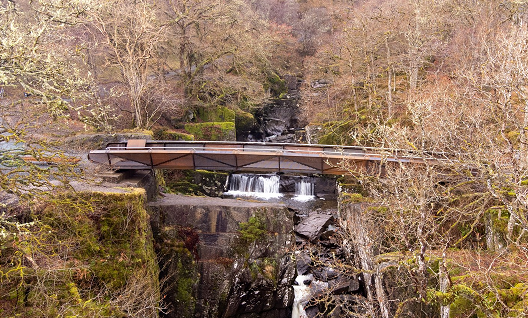
Whatever the design merits, however, what is most important from the perspective of a National Park is that access for the public across the Keltie Water is maintained – as the LLTNPA has failed to do for over seven years in total – and that visitors can gaze down at the river and the Bracklinn Falls from it. If the bridge lasts, it will deliver that objective
Lessons to be learned
The design and construction of the new bridge over the Bracklinn Falls should have implications for the other bridges in the National Park which the LLTNPA is responsible for maintaining, most notably those along the West Highland Way.

There was no warning sign on the approach to Conic Hill that this bridge was unsafe to use and blocked off when I visited although there were unlawful signs saying the Conic Hill path was closed:
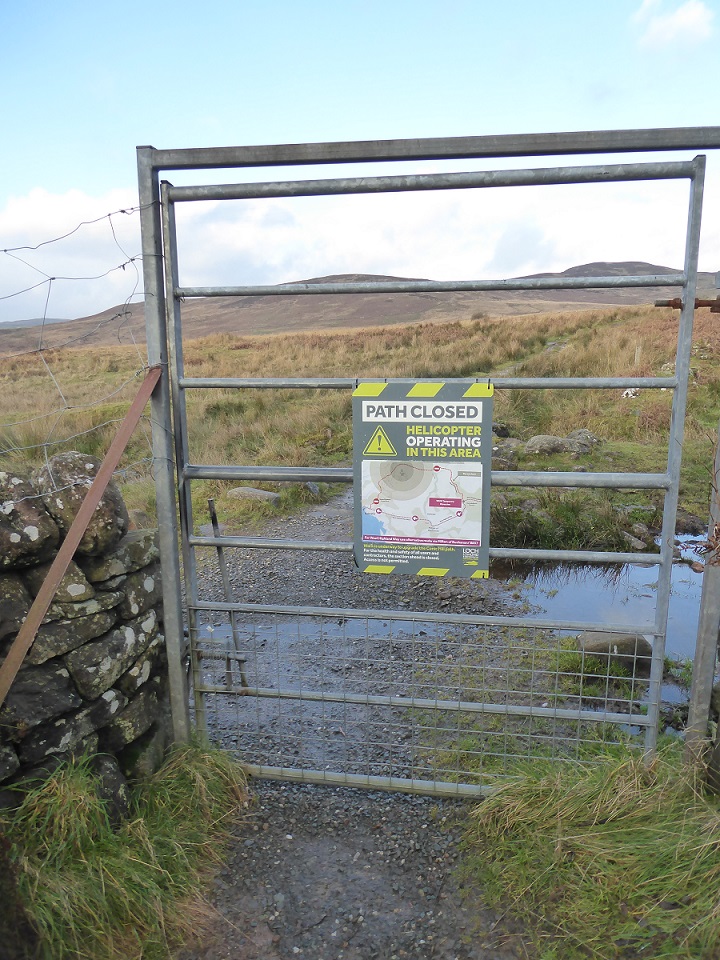
A contract for £79,990 to install two new bridges on the West Highland Way by Conic Hill was eventually awarded in February 2024 to McLaren Plant (see here) which means the bridge over the Kilandun Burn was closed for at least 15 months. What a way to manage the best known and most popular long distance walking route in Scotland!
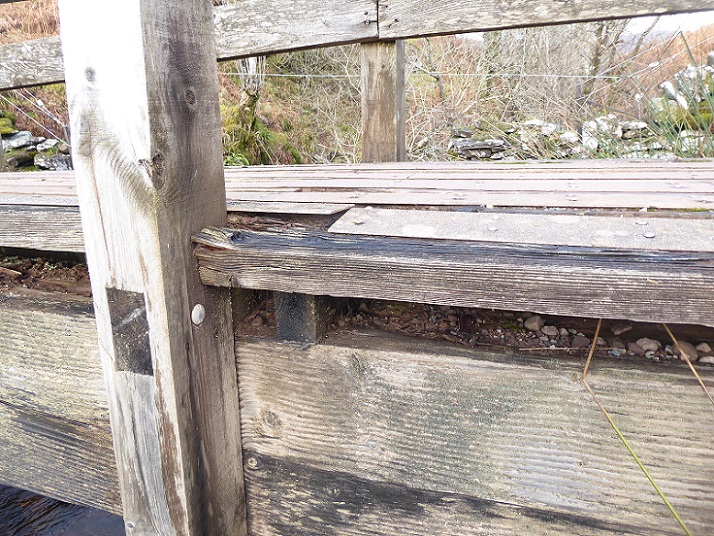
The reason the Kilandun burn bridge failed, as with the Bracklinn Falls bridge, deserves explanation. To me, it looks like basic lack of maintenance.
In June 2023 the LLTNPA also awarded two further contracts to replace ridges along the West Highland Way, the first at Inversnaid for £24,460 (see here) and the second in Glen Falloch for £25,800 (see here). It all add up. Like the path along the West Highland Way, it appears the bridges are not being maintained properly. I will ask the LLTNPA under Freedom of Information for the maintenance schedules of all the bridges for which they are responsible.
The evidence shows it is well past time the LLTNPA Board and management team started to give as much effort to the Park’s many project management failures – its headquarters (see here), the car park at Tarbet (see here) and all the failing recreational infrastructure in the National Park – as it does to obtaining the occasional gong. A good start would be to produce a full report on what went wrong with the Park’s first bridge at the Bracklinn Falls: was it a failure in the specification, the use of cheap materials, a failure to maintain the bridge properly or something else?
This should be accompanied by a proper evaluation of the carbon emissions of using steel rather than timber in structures like pedestrian bridges. If steel is in fact better than timber, taking account of its durability, one might then reasonably expect it to be used for all replacement bridges in future. But if not, not.
Knowing the answers to these questions is important if the public is to have any faith in the LLTNPA’s claims that it is committed to sustainable development rather than simply taking short-term decisions based on financial costs.

2 Comments on “What is sustainable development in Scotland’s National Parks? The case of the Bracklinn Falls bridge”